It looks like you're using an Ad Blocker.
Please white-list or disable AboveTopSecret.com in your ad-blocking tool.
Thank you.
Some features of ATS will be disabled while you continue to use an ad-blocker.
share:
reply to post by letscit
Thanks.
I agree with you though, most of everything we know is conjecture or hypothetical. Even scientific fact is only fact because for each experiment carried out, the experiment results either validate or invalidate the hypothesis.
Source 1
This, however, is what makes me believe in pure science more than anything. With pure science just because your hypothesis is proven valid or invalid, this proof does not completely make your hypothesis irrelevant. Your hypothesis can and will be subject to scrutiny as we learn more and more about our environment. Within the confines of pure science, you are better off, if you keep an open mind. As long as you keep an open mind, you find fact's to support theories as opposed to theories to support fact's.
Source 2
-saige-
P.S. -- I must also point out, that with the line of reasoning presented here, you don't just pick and choose facts to support your theories. All fact's must support your theory. Of course, something about that sentence of mine is remiss. It just looks funny. Perhaps someone could come along and set me straight.
-saige-
Thanks.
I agree with you though, most of everything we know is conjecture or hypothetical. Even scientific fact is only fact because for each experiment carried out, the experiment results either validate or invalidate the hypothesis.
Source 1
This, however, is what makes me believe in pure science more than anything. With pure science just because your hypothesis is proven valid or invalid, this proof does not completely make your hypothesis irrelevant. Your hypothesis can and will be subject to scrutiny as we learn more and more about our environment. Within the confines of pure science, you are better off, if you keep an open mind. As long as you keep an open mind, you find fact's to support theories as opposed to theories to support fact's.
Source 2
-saige-
P.S. -- I must also point out, that with the line of reasoning presented here, you don't just pick and choose facts to support your theories. All fact's must support your theory. Of course, something about that sentence of mine is remiss. It just looks funny. Perhaps someone could come along and set me straight.
-saige-
edit on 29-8-2011 by saige45 because: Added PS
Originally posted by Xcalibur254
reply to post by spikey
Even if a companion star had significantly less mass than the Sun the orbits of the planets would be radically different. It would throw off the barycentre (center of mass)of the solar system. Most people assume that the Sun is the barycentre for our solar system, but this isn't true. Due to the mass of Jupiter the barycentre is outside the Sun. So, if there were an object several magnitudes more massive than Jupiter in the solar system it would throw off the barycentre even more. However, we know this is not true because our models for objects such as long-period comets, that use the barycentre, are accurate.
Thanks for that Xcalibur, i didn't know that.
Having thought about it though, and i'm not disputing what you say, but wouldn't a barycentre outside of the sun, cause a wobble in the sun (for want of a better term)?
edit on 29/8/2011 by spikey because: (no reason given)
Originally posted by spikey
Originally posted by Xcalibur254
reply to post by spikey
Even if a companion star had significantly less mass than the Sun the orbits of the planets would be radically different. It would throw off the barycentre (center of mass)of the solar system. Most people assume that the Sun is the barycentre for our solar system, but this isn't true. Due to the mass of Jupiter the barycentre is outside the Sun. So, if there were an object several magnitudes more massive than Jupiter in the solar system it would throw off the barycentre even more. However, we know this is not true because our models for objects such as long-period comets, that use the barycentre, are accurate.
Thanks for that Xcalibur, i didn't know that.
Having thought about it though, and i'm not disputing what you say, but wouldn't a barycentre outside of the sun, cause a wobble in the sun (for want of a better term)?
edit on 29/8/2011 by spikey because: (no reason given)
Yes and that is how large planets in other solar systems are found--looking for the wobble
spaceplace.nasa.gov...
reply to post by spikey
Justice, I just want to personally thank you brother for being such a reasonable debater and not blindly judging other posters within this thread for their opinions on a subject that so many of us enjoy to discuss. Personally, I just love discussing subjects like this. I have enjoyed alot of what you have had to say my friend. Nothing but respect for you. Your friend ~SheopleNation
Justice, I just want to personally thank you brother for being such a reasonable debater and not blindly judging other posters within this thread for their opinions on a subject that so many of us enjoy to discuss. Personally, I just love discussing subjects like this. I have enjoyed alot of what you have had to say my friend. Nothing but respect for you. Your friend ~SheopleNation
i just skimmed over this thread again so i might've missed it...did anybody mention that this object looks like the same object that was blacked out
on Google Sky previously???
edit on 5-9-2011 by MadMaxZombie because: youtube vid wasn't visible to
ATS'ers
edit on 5-9-2011 by MadMaxZombie because: edited text
i know it's in the Virgo constellation in the clip above, but it sure does look like the same object to me...that's without infrared too, so, who
knows?...the whole site and everything in it has been manipulated already, so we really don't know truthfully if any of this is accurate.
hmmm, that's odd. i go to Google Sky just now, and when i switch to infrared mode, it won't let me zoom in on anything...it automatically changes
back to original view and automatically zooms out...that didn't happen 2 weeks ago!!
reply to post by MadMaxZombie
There you go.
IRC +10216 or CW Leonis is a well-studied carbon star that is embedded in a thick dust envelope. It was first discovered in 1969 by a group of astronomers led by Eric Becklin, based upon infrared observations made with the 62 inches (1.6 m) Caltech Infrared Telescope at Mount Wilson Observatory. Its energy is emitted mostly at infrared wavelengths. At a wavelength of 5 μm, it was found to have the highest flux of any object outside the Solar System.
There you go.
yeah, i don't really trust all Wikipedia sources...that's an easy out for a lot of peeps on here. look how many times that CW Leonis page has been
modified since 2006.
reply to post by MadMaxZombie
Simply not trusting WikiPedia is a cop-out. Here's a more reliable source:
[atsimg]http://files.abovetopsecret.com/images/member/b37220929515.jpg[/atsimg]
irsa.ipac.caltech.edu...
yeah, i don't really trust all Wikipedia sources...that's an easy out for a lot of peeps on here. look how many times that CW Leonis page has been modified since 2006.
Simply not trusting WikiPedia is a cop-out. Here's a more reliable source:
[atsimg]http://files.abovetopsecret.com/images/member/b37220929515.jpg[/atsimg]
irsa.ipac.caltech.edu...
edit on 5-9-2011 by DJW001 because: (no reason given)
reply to post by MadMaxZombie
I know, I know... it's so very very hard to click the references in a Wiki page. Much easier to just hand-wave and say, "It's Wikipedia, therefore... conspiracy!"
I know, I know... it's so very very hard to click the references in a Wiki page. Much easier to just hand-wave and say, "It's Wikipedia, therefore... conspiracy!"
Originally posted by Helious
Originally posted by randyvs
reply to post by MardukNibiru
All I'm say'in is I heard that on CNN myself. That a brown dwarf star is in our solar system. Dosn't mean I believe it. Mainstream could actually make it less believable.
Now my most pertainent question. What the hell is that lil devil all about?edit on 25-8-2011 by randyvs because: (no reason given)
This would be news to me, could you please post a link to a video or news source from CNN saying this?
news.blogs.cnn.com...
articles.cnn.com...
I read the articles a while back but I always take what the MSM says with a grain of salt.
reply to post by Nucleardiver
Always a good idea but there is nothing in either of those articles which says anything about a brown dwarf being found in the Solar System.
I read the articles a while back but I always take what the MSM says with a grain of salt.
Always a good idea but there is nothing in either of those articles which says anything about a brown dwarf being found in the Solar System.
Originally posted by iterationzero
reply to post by MadMaxZombie
I know, I know... it's so very very hard to click the references in a Wiki page. Much easier to just hand-wave and say, "It's Wikipedia, therefore... conspiracy!"
dude, seriously, i've checked wikipedia for things other than stars and have found false information many times...they could enter data about anything they want on a particular subject, and, 90% of the zombies will believe it all...just because "it says so right here in wikipedia" hahaha!!!
reply to post by MadMaxZombie
Agreed, which is why I won't link a Wiki page unless there are references and I always check the references when someone else links one.
Agreed, which is why I won't link a Wiki page unless there are references and I always check the references when someone else links one.
Originally posted by Phage
reply to post by Nucleardiver
I read the articles a while back but I always take what the MSM says with a grain of salt.
Always a good idea but there is nothing in either of those articles which says anything about a brown dwarf being found in the Solar System.
I wonder about it myself.
Since the sun bobs up and down and passes thru the galactic plane every 26000 yrs and it also moves in and out kind of horizontally seems to suggest that the sun has a local rotation as well as rotation about the black hole at the centre of the galaxy. The local rotation plane is inclined to the galactic plane by a certain amount may be the reason the sun bobs up and down.
Now the local rotation could be a brown drawf companion in a sort of binary star system, or there may be a local black hole about which the sun rotates.Astronomers have not found the reason for the above anamoly or it has not been revealed to the public for some reason.
I live in Marquette, Michigan. Today 9/14/12 I was riding my bicycle around Presque Isle park and decided to stop and take some pictures of the sun.
It was about 7:20 pm or so. These are the pictures that I took:
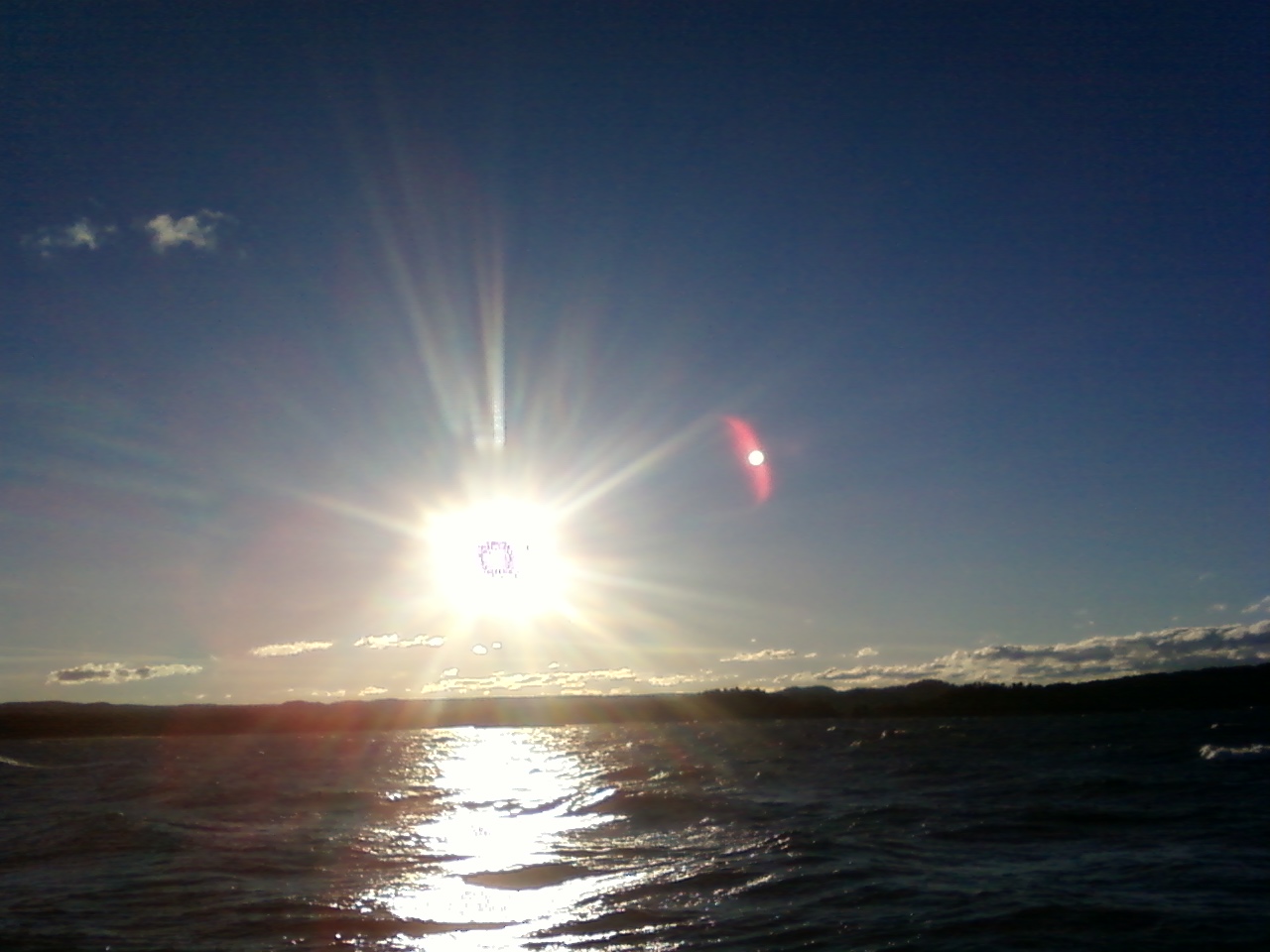
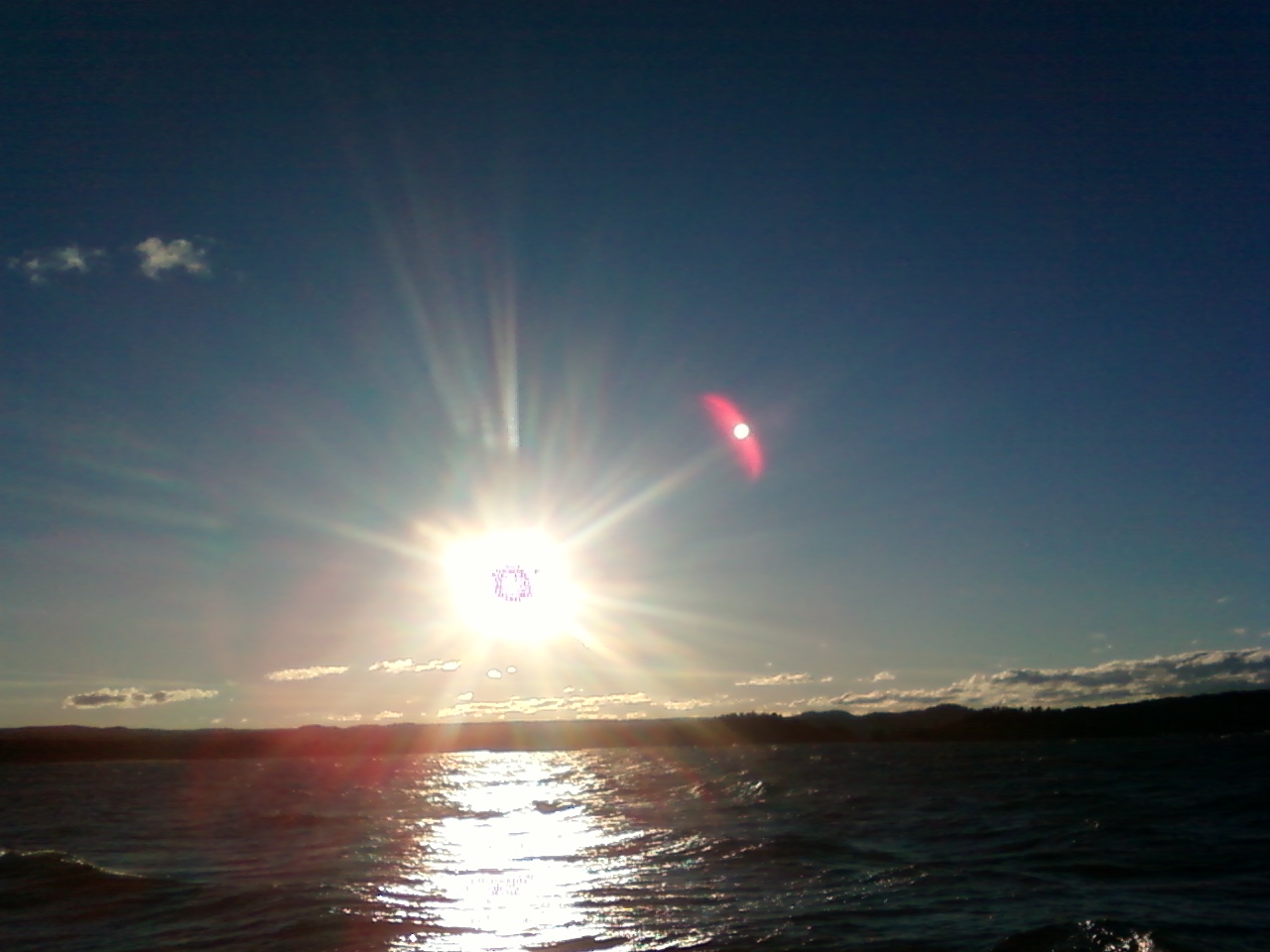
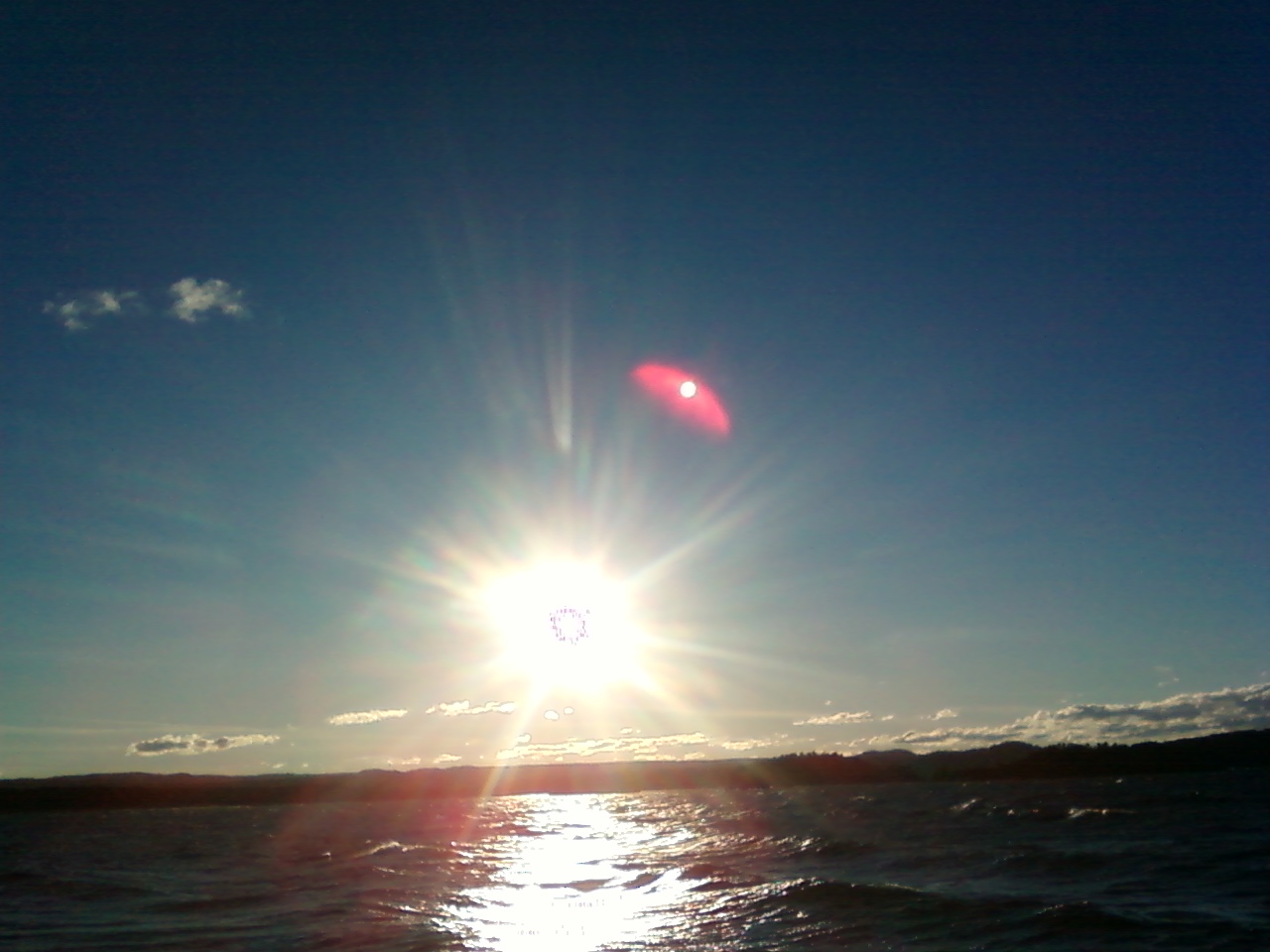
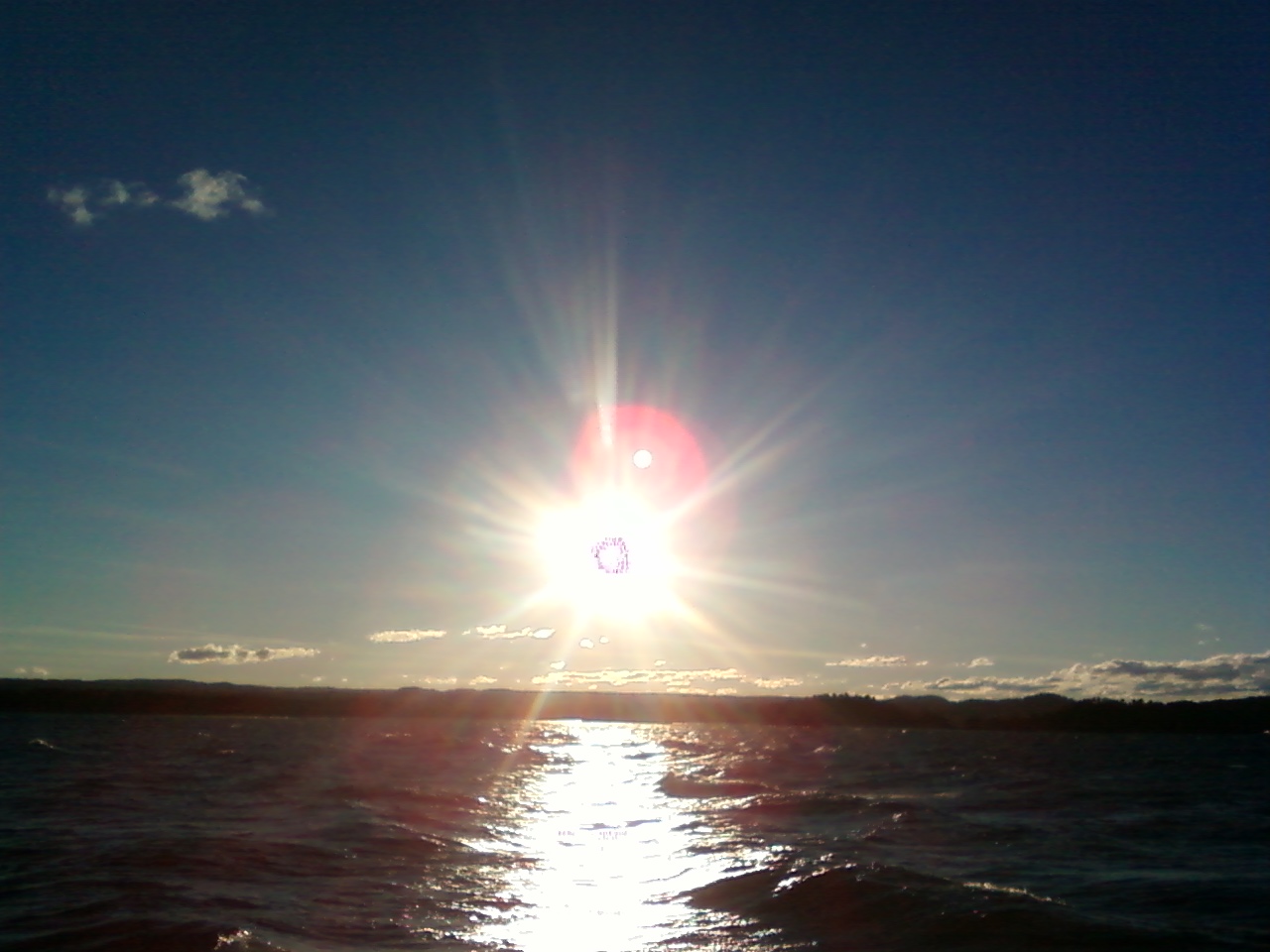
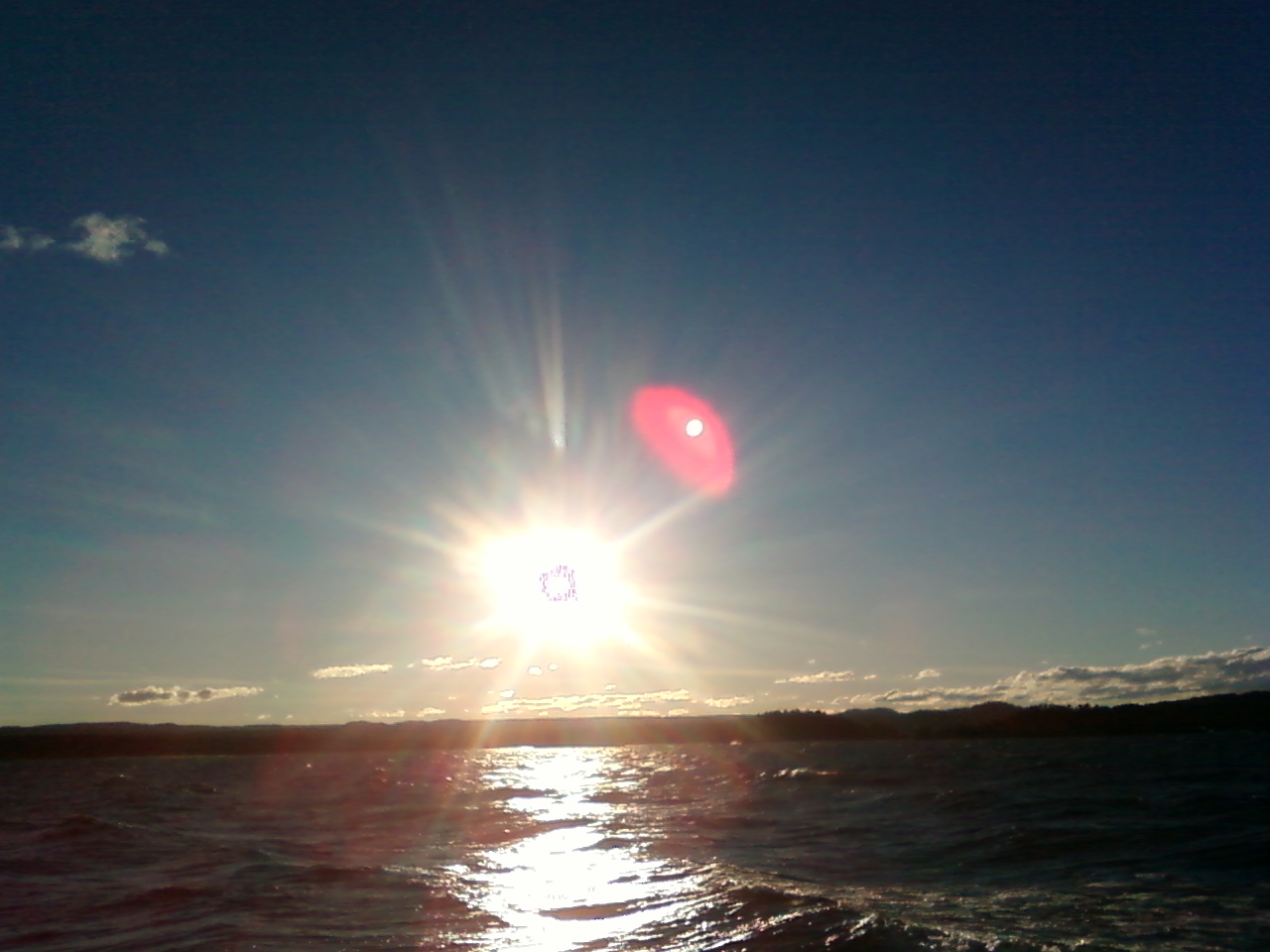
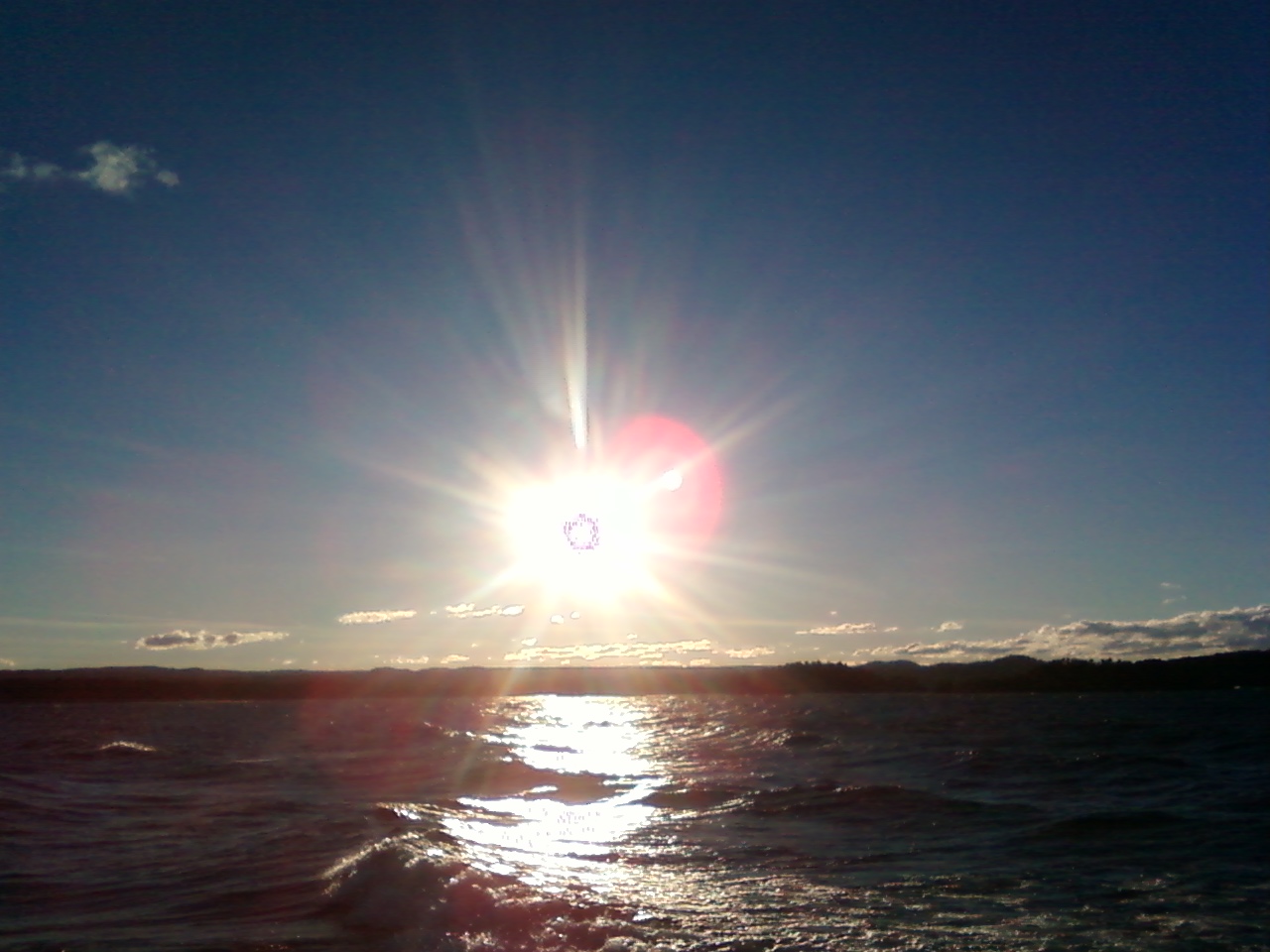
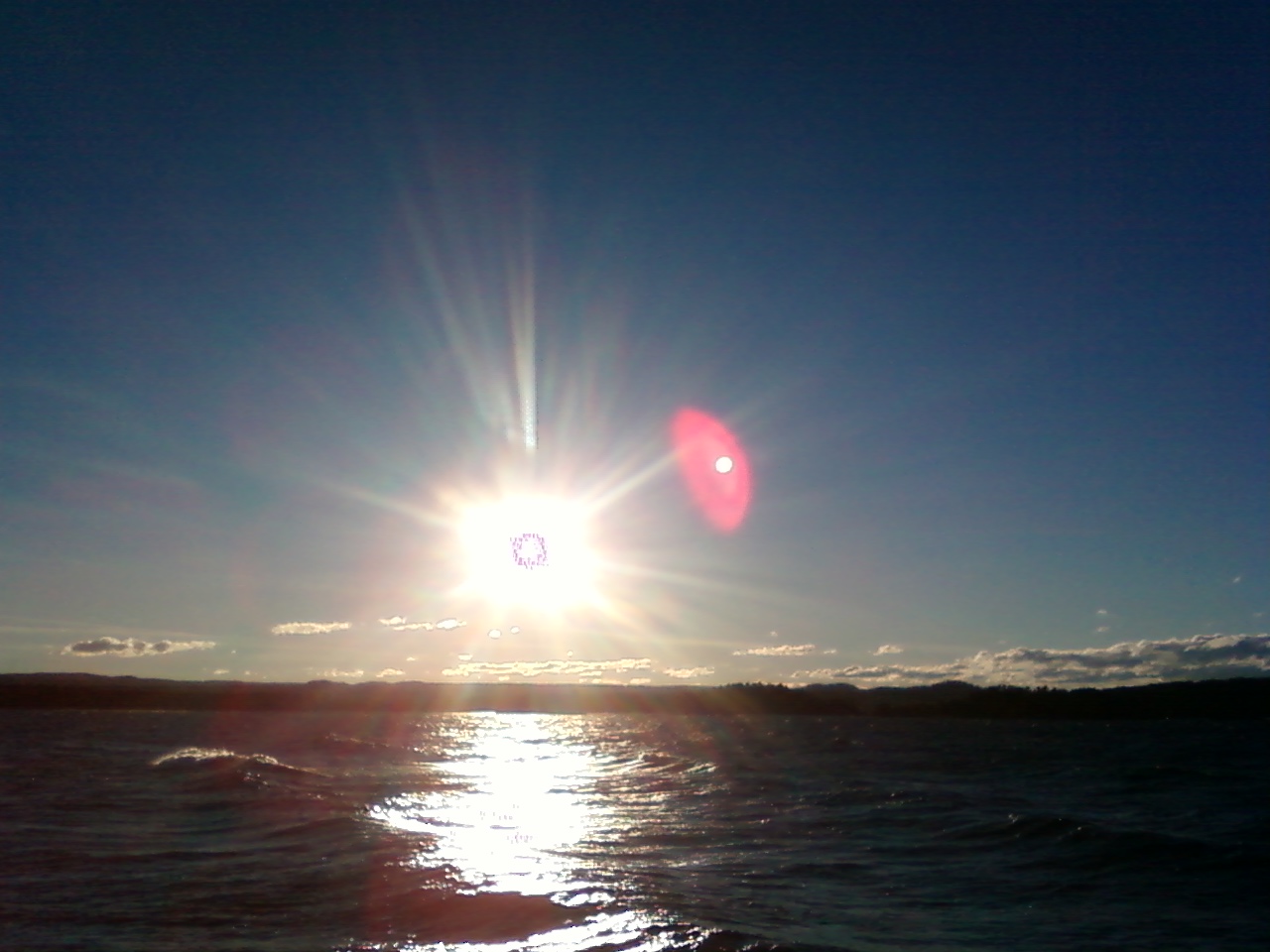
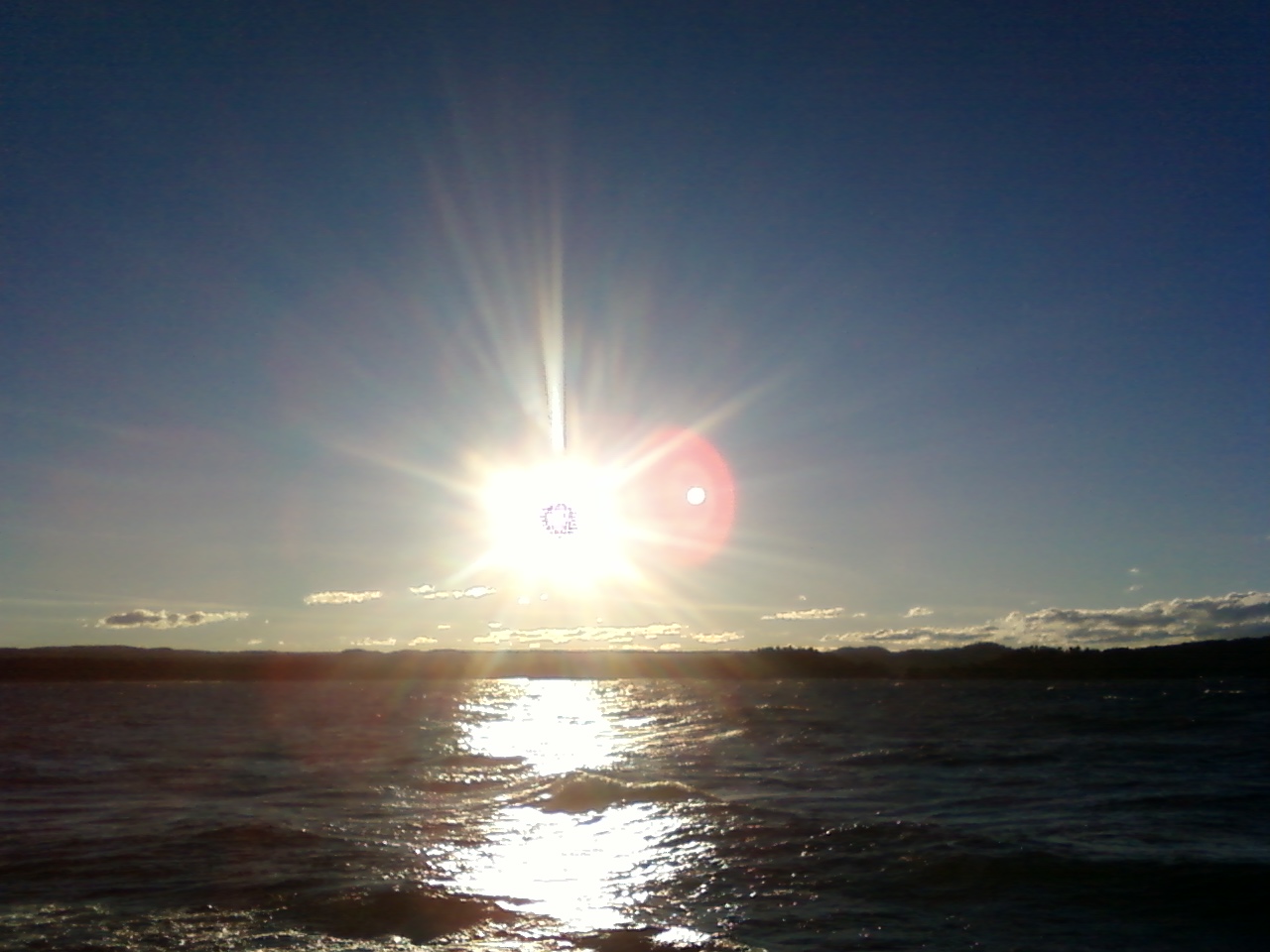








reply to post by kosmickameleon
I assume you mean that you did not actually see "Nibiru" at the time.
I live in Marquette, Michigan. Today 9/14/12 I was riding my bicycle around Presque Isle park and decided to stop and take some pictures of the sun. It was about 7:20 pm or so. These are the pictures that I took:
I assume you mean that you did not actually see "Nibiru" at the time.
new topics
-
Watts home paranormal activity
Paranormal Studies: 5 hours ago -
So, what is really going on in South Korea ?
World War Three: 6 hours ago -
Congress Says the FBI is Covering Up Vital Info on the Jan 5th 2021 D.C. Pipe Bombs at RNC-DNC.
Political Conspiracies: 6 hours ago -
The trial on kids was stopped
Medical Issues & Conspiracies: 9 hours ago -
Orbs Appear And Form Triangle On Live Cam.
Aliens and UFOs: 11 hours ago
top topics
-
Biden to award Presidential Citizens Medal to Liz Cheney and Bennie Thompson
US Political Madness: 14 hours ago, 11 flags -
Biden Has New Bizarre Injuries to His Face
Politicians & People: 12 hours ago, 11 flags -
The trial on kids was stopped
Medical Issues & Conspiracies: 9 hours ago, 9 flags -
Congress Says the FBI is Covering Up Vital Info on the Jan 5th 2021 D.C. Pipe Bombs at RNC-DNC.
Political Conspiracies: 6 hours ago, 9 flags -
Orbs Appear And Form Triangle On Live Cam.
Aliens and UFOs: 11 hours ago, 6 flags -
Elon Musk Calls for Tommy Robinson to be Freed - and Takes a Dig at Starmer
Politicians & People: 13 hours ago, 5 flags -
Something is not adding up in regards to the H-1B commotion
General Conspiracies: 13 hours ago, 5 flags -
So, what is really going on in South Korea ?
World War Three: 6 hours ago, 5 flags -
Watts home paranormal activity
Paranormal Studies: 5 hours ago, 3 flags
active topics
-
Congress Says the FBI is Covering Up Vital Info on the Jan 5th 2021 D.C. Pipe Bombs at RNC-DNC.
Political Conspiracies • 22 • : GotterDameron23 -
So, what is really going on in South Korea ?
World War Three • 7 • : MindBodySpiritComplex -
Post A Funny (T&C Friendly) Pic Part IV: The LOL awakens!
General Chit Chat • 7982 • : KrustyKrab -
Tesla Cybertruck Explodes in Front of Trump Hotel in Las Vegas
Mainstream News • 154 • : Guyfriday -
Ukraine halts transit of Russian gas to Europe after a prewar deal expired
Political Conspiracies • 115 • : Flyingclaydisk -
Biden Has New Bizarre Injuries to His Face
Politicians & People • 11 • : berbofthegreen -
The trial on kids was stopped
Medical Issues & Conspiracies • 11 • : annonentity -
-@TH3WH17ERABB17- -Q- ---TIME TO SHOW THE WORLD--- -Part- --44--
Dissecting Disinformation • 3906 • : duncanagain -
Biden to award Presidential Citizens Medal to Liz Cheney and Bennie Thompson
US Political Madness • 14 • : WeMustCare -
The C.D.C. Says There Was NO INFLUENZA Worth Reporting for the 2020-2021 Flu Season.
Diseases and Pandemics • 98 • : WeMustCare
